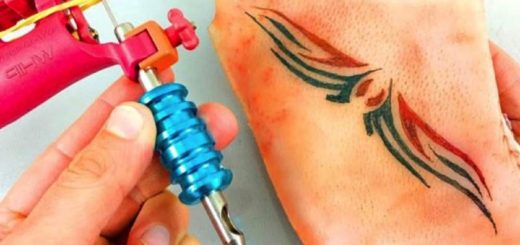Charting your Basal Body Temperature – BBT
{YBA} Basal body temperature is the temperature of your body at rest. Taking your temperature first thing in the morning, before you get out of bed, eat, drink or go to the bathroom will give you the most accurate basal body temperature. When charting your bbt (basal body temperature),
You will want to purchase a special thermometer called a basal body temperature thermometer. It records temperatures to the tenth degree and is the most precise thermometer. By charting your temperatures you can see patterns in your menstrual cycle and hopefully determine when you ovulate.
Do’s and don’ts of basal body temperature charting
Do take your temperature at the same time every day. You may want to set your alarm clock to wake you up each morning.
Do take your temperature consistently. You can take your temperature orally, rectally, or vaginally. Whichever method you choose, make sure you are consistent.
Do keep a chart beside your bed. Keep fertility chart beside your bed at night with your thermometer and pen ready. It is important that you take your temperature while your body is at rest and rummaging around the house looking for your thermometer or pen may be the best way to get your temperature rising.
Do take your temperature after at least three hours of restful sleep. Try to get a good night’s sleep before taking your temperature. If for some reason you did not get a lot of sleep or you woke up frequently through the night, you should still take your temperature. Just make a note of it on your chart.
Don’t get upset if you oversleep or forget to write a temperature down. The purpose of charting is to help you determine when you ovulate and to hopefully help you have a baby! If you forget to chart one day, just plot your temperatures anyway. Make a note of what time you took your temperature or if you skipped a day.
Don’t drink, smoke or eat anything before taking your temperature. Hopefully, you won’t be smoking if you are trying to conceive. Eating or drinking can affect the temperature in your mouth if you are taking your temperature orally.
What to Look for On Your BBT Chart
During the first part of a woman’s menstrual cycle basal body temperatures will be lower. The first half of your menstrual cycle is called the follicular phase. Right before ovulation you will have a slight drop in temperature followed by a sharp rise in temperature. Not all women will have a drop in temperature before ovulation but if you notice your temperature drop, you should start having intercourse then.
Around the time of ovulation, you will see a rise in temperature. By the time you notice this rise in temperature, you have already ovulated. That is why charting works best when done for a few months. What you are looking for is a rise in temperature of about .4 degrees or more after ovulation. If you have ovulated your temperature will remain higher. If your temperature remains higher for three days or more, then you can assume you have ovulated.
Other Things to Look for on Your BBT Chart.
You may want to draw a coverline on your chart. This is not something that you have to do but it will help you see if your chart has two phases (is biphasic). The easiest method for drawing a coverline is the three over six method. To draw a coverline using this method, look at the six days before you ovulate.
Take the highest temperature during these six days and draw a horizontal line 1/10th of a degree higher than your highest temperature. Notice how the temperatures before ovulation are lower temperatures and the temperatures after ovulation are higher temperatures? This is typical of a normal biphasic chart.
After ovulation your temperatures should stay above the cover-line for at least twelve days. If your temperatures fall below your cover line this may be an indication of a short luteal phase or a luteal phase defect.
Another thing many charting women look for is signs of pregnancy. If your temperature remains high for eighteen days after ovulation, this could be an indication of pregnancy. You may also see a third rise in temperature occuring about seven to ten days after ovulaton. This is called a triphasic chart.
Sometimes this can be a seen with pregnancy but it is not a definite sign. Women can have triphasic charts and not be pregnant.
If you have charted your cycle for several cycles and have not acheived pregnancy or are concerned, consult your doctor. Bring your charts with you as they will be helpful in determining if there are any problems.


